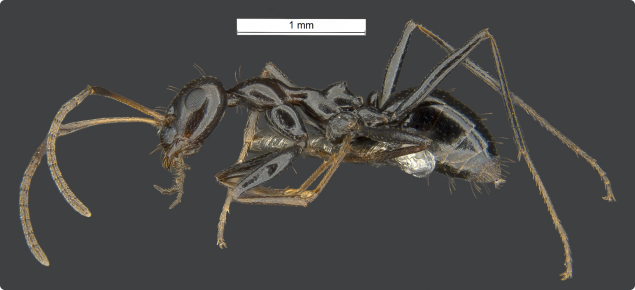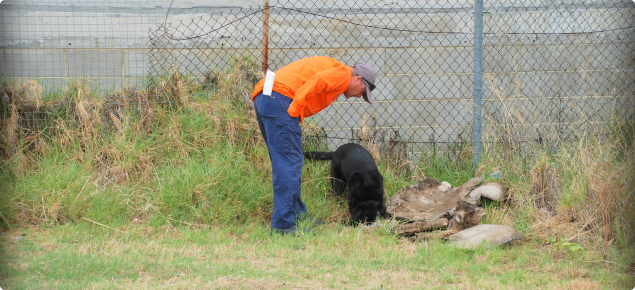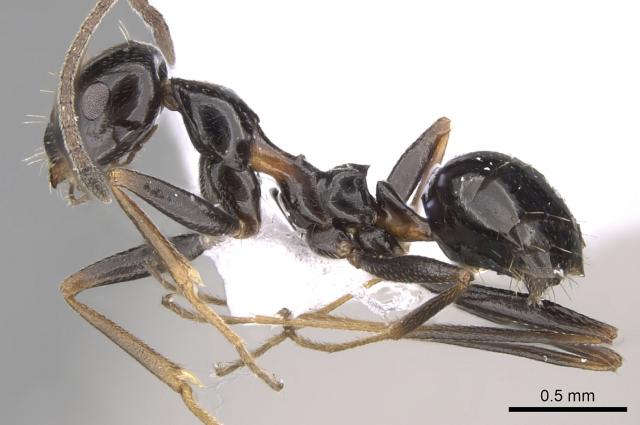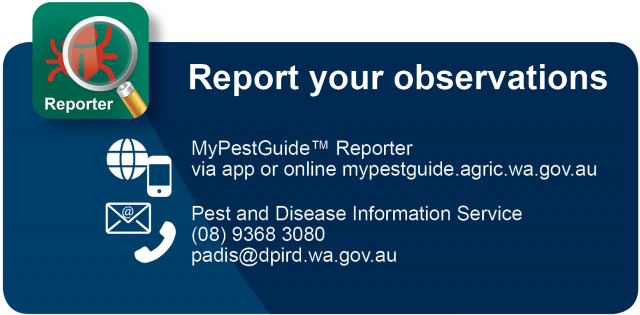Browsing ants thrive in Mediterranean and tropical climates so they are ideally suited to Australian conditions. These aggressive ants form multi-queened super-colonies and monopolise food resources, quickly reaching large numbers. The super-colonies put our native species at risk by killing them for food and competing for resources.
Browsing ants also farm and protect scale insects that can eventually kill the plants they live on. Because of this, the ants present a significant risk to WA's billion-dollar horticultural industry.
These ants are also a potential domestic pest, as they like to forage in kitchens and where food is stored.
While these ants are a threat to our environment, they are not harmful to people or pets.
The first known Australian detection was at Perth Airport in 2013 followed by subsequent detections at commercial properties in Belmont, Kewdale and Welshpool. Browsing ant has since been detected at the Port of Darwin and the Port of Brisbane.
The Perth, Darwin and Brisbane browsing ant detections are now subject to nationally funded eradication programs, funded by Commonwealth and State and Territory governments.
What do I look for?
Browsing ant is native to southern Europe, usually found in Mediterranean regions in the vicinity of the sea. They are considered extremely invasive, having established widely across the globe by 'hitchhiking' in sea containers, household goods, potted plants, rubbish and machinery.
Browsing ants are a slender, shiny, dark brown ant. They are 3– 4 mm in length with long antennae and long legs, and run about in a haphazard manner when disturbed. They do not have a strong 'ant smell' when crushed.
What can I do if I find it?
The community can help contain this pest by reporting any suspect sightings and by being careful not to move ants on goods or vehicles. In particular, they can be moved in shipping containers, soil, mulch, fertiliser and other plant material.
If you suspect you have browsing ants on your property or workplace, you can report it via:
- the MyPestGuide™ Reporter app (preferred option) or online at mypestguide.agric.wa.gov.au
- calling the Pest and Disease Information Service (PaDIS) +61 (0)8 9368 3080.
Alternatively, if you would like to submit a sample:
- Brush ants into a sealed container or zip lock bag and place in the freezer for 1 hour.
- Label container with the collection location (eg. backyard, kitchen, bathroom, driveway etc.), your name, contact number, email address and postal address.





